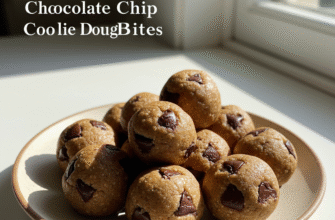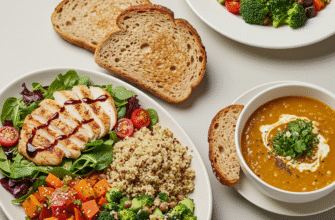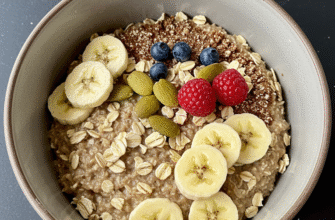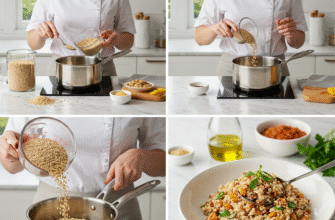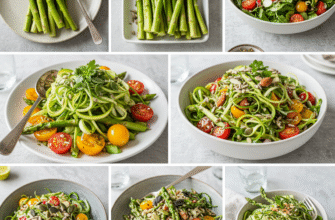Ah, watermelon season. That glorious time when hefty, striped orbs promise refreshment on a hot day. But let’s be honest, there’s a certain gamble involved. Picking the wrong one leads to disappointment – a watery, bland, or mealy experience instead of that sweet, crisp perfection. Fear not! Choosing a fantastic watermelon isn’t just luck; it’s a skill you can learn. Forget the old wives’ tales you might have heard; we’re focusing on practical tips that actually work.
Walking up to a giant bin brimming with watermelons can feel overwhelming. Where do you even start? Your eyes are your first tool. Let’s break down what to look for.
Visual Clues: Reading the Rind
First impressions matter, even with fruit. Scan the pile for watermelons that look promising based on their appearance.
Shape and Symmetry
Look for a uniformly shaped melon, whether it’s round or oval. Avoid ones with irregular bumps, lumps, dents, or flat sides (unless it’s the field spot, which we’ll get to). Consistent shape often suggests consistent growth and ripening. Significant dents or bruises can indicate rough handling and potential damage to the flesh inside.
Skin Condition: Dull is Good
This might seem counterintuitive, but a
shiny watermelon is often underripe. As a watermelon matures, the skin’s surface tends to lose its gloss and become duller. Run your hand over the surface; it should feel firm and smooth, without any soft spots, cuts, or cracks. These blemishes can let bacteria in or indicate bruising underneath.
Stripes (For Striped Varieties)
If you’re choosing a classic striped watermelon, like a Crimson Sweet, pay attention to the pattern. Look for
strong, consistent contrast between the dark green stripes and the lighter green background. Well-defined, clear stripes are often a good sign. Faded or indistinct stripes might suggest it’s not quite ready.
The Field Spot: A Window to Ripeness
Perhaps one of the most reliable indicators is the field spot. This is the patch on the underside of the watermelon where it rested on the ground while growing and soaking up the sun.
Look for Creamy Yellow or Orange
Flip the watermelon over (carefully, they can be heavy!) and examine this spot. You want to see a
creamy yellow, buttery, or even orange-yellow color. A large, deeply colored field spot indicates the melon spent ample time ripening on the vine before being picked. If the spot is white, very pale green, or non-existent, it likely means the watermelon was harvested too early and won’t be as sweet or flavorful.
Verified Tip: The field spot’s color is a key indicator of maturity. A rich yellow or orange hue generally points to a melon that ripened fully on the vine. Avoid melons with white or pale green field spots, as they were likely picked prematurely.
Feel the Weight: Heavy Means Juicy
Once you’ve found a few candidates that look good, it’s time to pick them up. Size can be deceiving; you want a watermelon that feels
heavy for its size. Compare melons of roughly the same dimensions. The heavier one will typically have a higher water content, translating to a juicier, more satisfying fruit. Lift a few – you’ll start to get a feel for which ones seem surprisingly hefty.
The Sound Test: Thump for Treasure
This is the classic watermelon selection technique, and while it takes a little practice, it’s quite effective. Give the watermelon a firm tap or flick with your knuckles.
Listen for a Deep, Hollow Sound
What you want to hear is a
deep, resonant, hollow sound, almost like tapping on a drum or a ripe pumpkin. This suggests the water content is high and the flesh is firm and ready. If you hear a dull thud, the melon might be overripe, mushy, or mealy inside. Conversely, a high-pitched, tight sound often indicates it’s underripe and the flesh hasn’t fully developed its juicy sweetness.
Don’t be shy about thumping a few different melons to compare the sounds. It really helps to have a reference point. Gently rap different parts of the melon; the sound should be fairly consistent across the surface, except perhaps right over the field spot.
Other Potential Clues (Use with Caution)
While the visual, weight, and sound tests are the most reliable, a couple of other features are sometimes mentioned, though their effectiveness is debated.
Webbing or Sugar Spots
Some people look for patches of rough, brownish, web-like lines on the surface. These are sometimes called “sugar spots” or “bee stings” and are thought to be points where bees pollinated the blossom. More pollination can sometimes correlate with sweeter fruit, so significant webbing might be a good sign, but it’s not guaranteed.
The Stem End
If the watermelon still has a piece of stem attached (often they are removed cleanly), check its condition. A
dried, brown, brittle stem suggests the melon ripened fully on the vine before being picked. A green stem indicates it was likely harvested too soon. However, many watermelons have the stem completely removed, making this clue less universally applicable.
Putting It All Together
Choosing the best watermelon isn’t about finding one magic sign. It’s about using a combination of these techniques. Look for a symmetrical, dull-skinned melon with a prominent creamy-yellow field spot. Pick it up – it should feel heavy for its size. Finally, give it a thump and listen for that satisfying deep, hollow sound. If a watermelon checks most or all of these boxes, your chances of bringing home a winner are significantly higher.
It might take a little practice, but soon you’ll be confidently selecting sweet, juicy watermelons like a pro. Gone will be the days of slicing into a pale, flavorless melon. Instead, you’ll be rewarded with that perfect slice of summer – crisp, sweet, and incredibly refreshing. Happy hunting!


